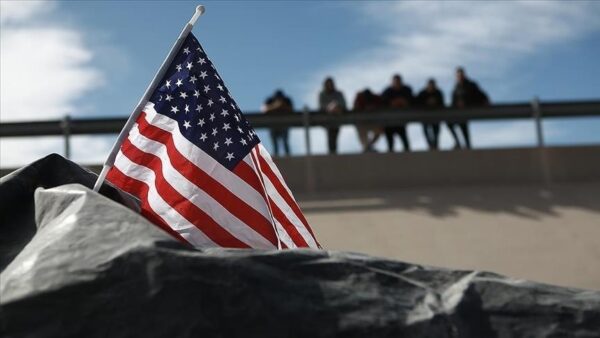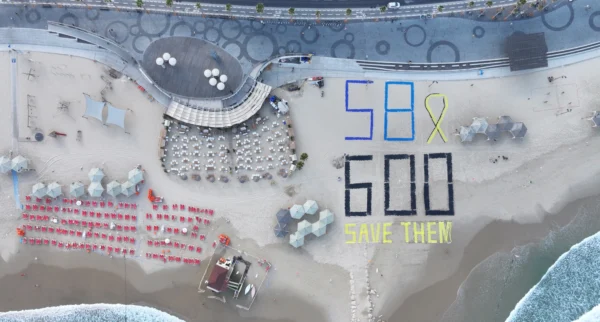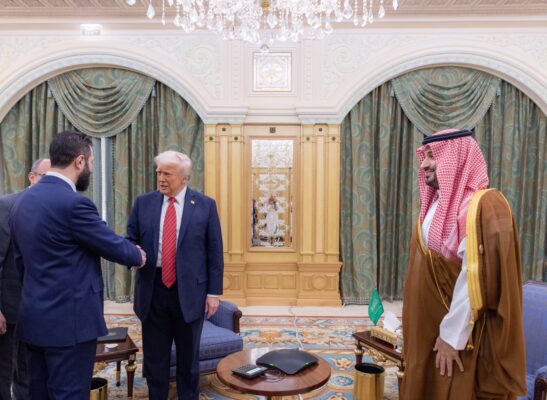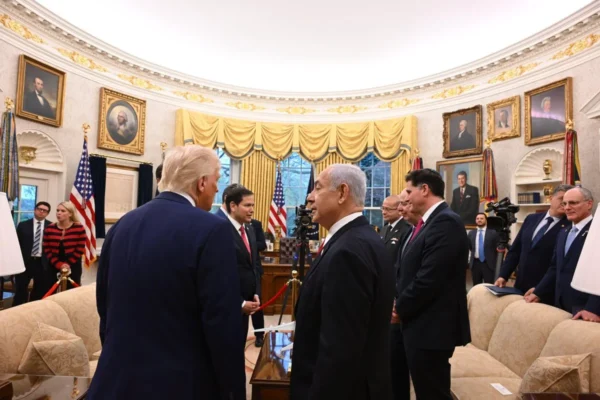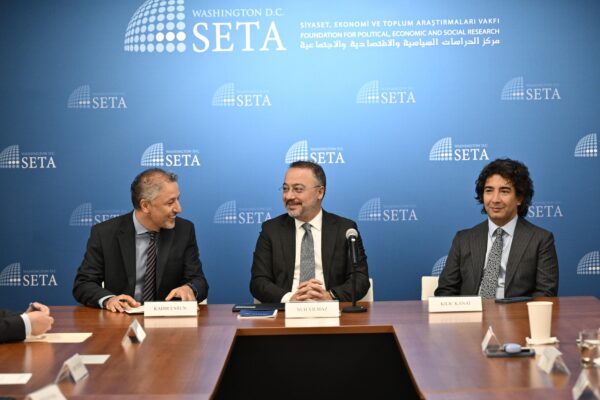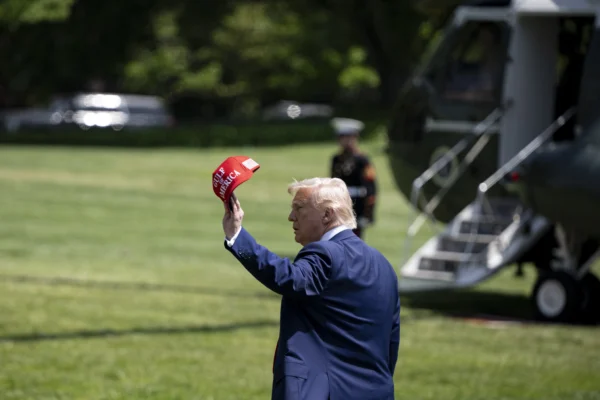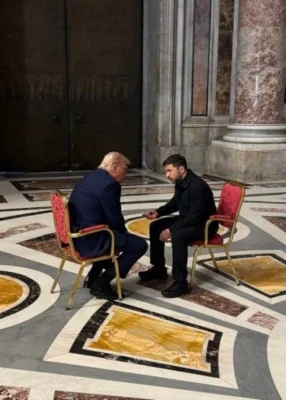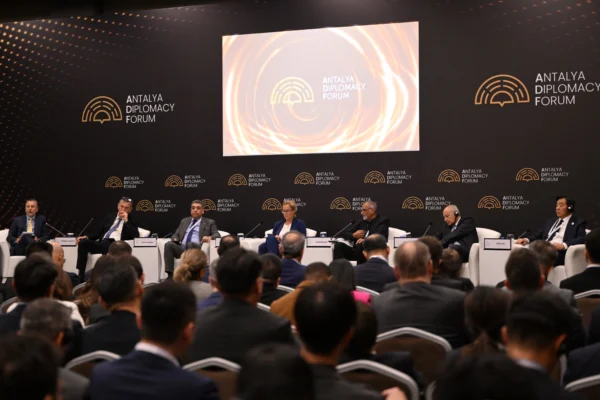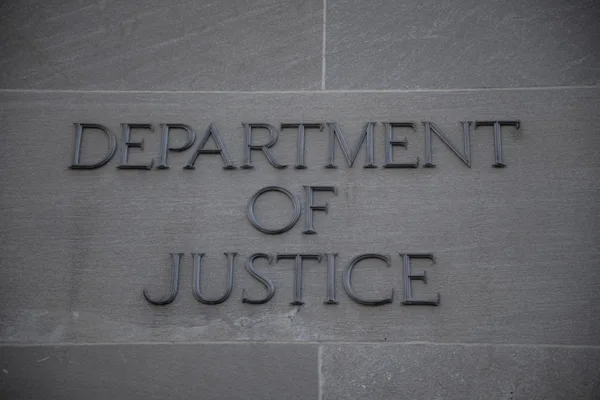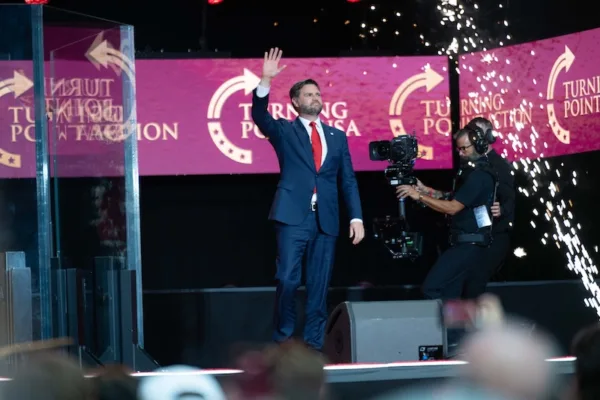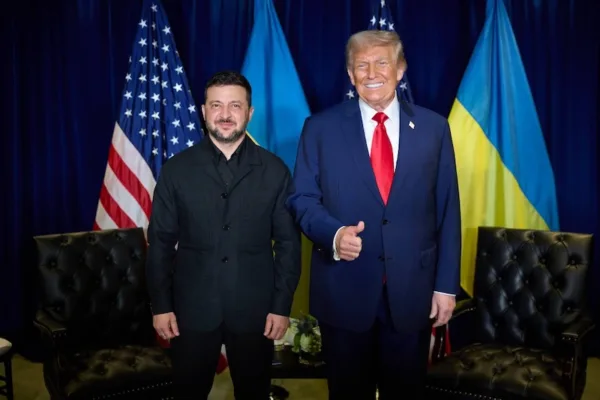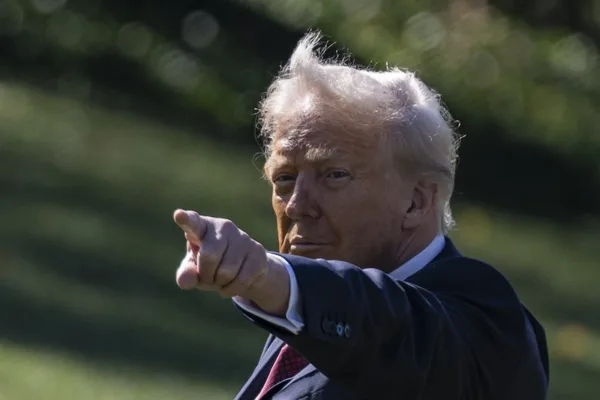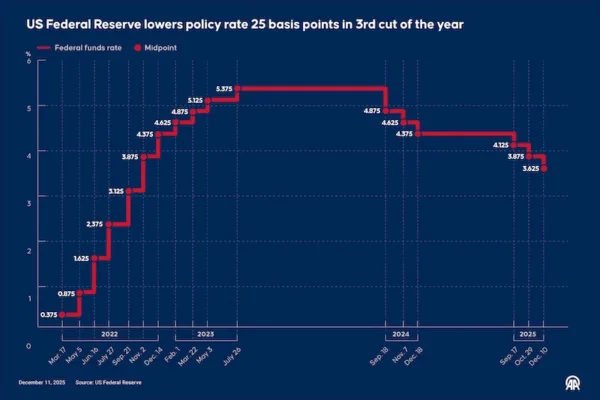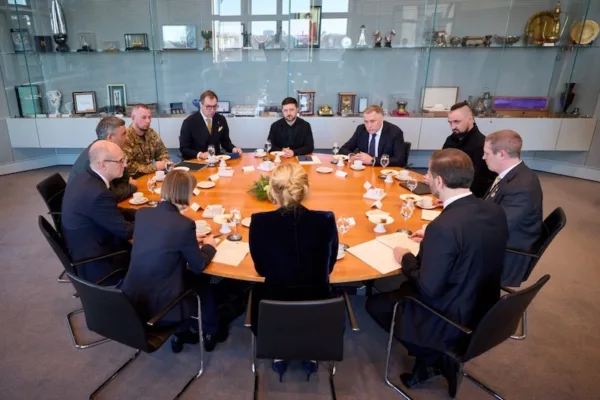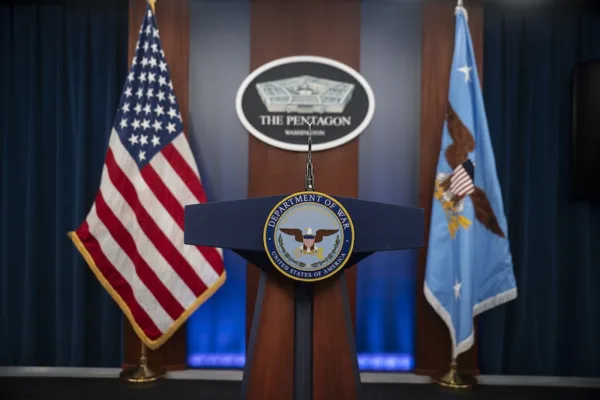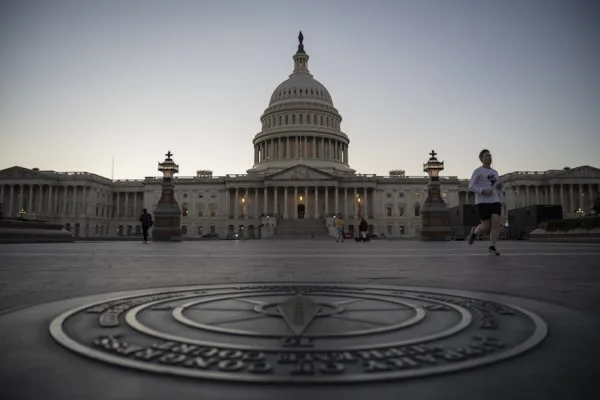Can Pictures Be Worth A Thousand Words?
The gruesome pictures from Syria, which according to many observers documents the wide spread exercise of torture and mass killings, are the evidence provided to the international community regarding the inhumane conditions created by the Assad regime in the last three years. Since the killing of civilian demonstrators in very early phase of the conflict, Turkey and a number of countries have warned the international community about the possible spread of violence and act of mass killings in Syria. In several different instances, Turkish journalists reported the mass execution of civilians in different villages and city centers.
The Turkish government in numerous instances reacted harshly to these killings and called on the international community to act decisively to prevent acts of war crimes and crimes against humanity in Syria.
During these early days, many in the West and the region tried to ignore or refute Turkey’s warnings. Turkey was also accused of pursuing a sectarian agenda and self-interested position in order to overthrow the Syrian government and bring a friendlier regime under its influence. Some even argued that Turkey was supporting al-Qaeda forces in the conflict. In fact, even in Turkey, the Turkish government faced similar criticisms from certain segments of opposition.
They accused the government of being too interested in what was happening in a foreign country, letting Syrian refugees in and spending billions of dollars in humanitarian assistance for Syrians in need during a period of global economic crisis.
Despite these external and some domestic pressures, Turkish government conducted a very principled foreign policy and in fact sacrificed its extremely cordial relations with Syria in order to pursue these principles.
Turkish leaders were aware of the possible economic and political consequences but aimed to follow a foreign policy that would not sacrifice values, principles and rights of citizens for narrow foreign policy interests from the very beginning.
Firstly, the increasing number of Syrian refugees signaled a possible humanitarian disaster which risked not only the lives of millions of people, but also shook the region’s ethnic and social stability. In addition, previously revealed videos of mass executions, the images of the use of chemical weapons in the suburbs of Damascus, and the views of the aftermath of barrel bombings on the city centers have already demonstrated the extensive violence that was inflicted upon Syrians. After each and every one of these incidents, the international community neglected Turkey’s previous warnings and rhetorical reactions never translated into action.
The major powers could not agree on a course of action and international conferences on Syria turned into a way for the Syrian regime to buy time. Recent reports demonstrate this increasing disinterest among international organizations and states. It was disclosed last week that several Western countries have been meeting with the Syrian regime in secret not to put pressure on the regime, but rather to talk about insurgents in the country.
The latest revelation of over 50,000 graphic images constituted another turning point in the Syrian conflict. These horrible pictures did not surprise those who have been warning about these conditions for the last three years. However, these new images of bodies that were tortured, mutilated, and starved to death show the systemic use of these mechanisms throughout Syria against people who were suspected of being members of the opposition. With the latest documents, the international community has been provided all the evidence its needs to act in order to protect the civilians in Syria.
The reaction of the international community to these pictures remains to be seen.
This article was originally published in Daily Sabah on March 15, 2014.

